Species that most commonly grow on trees can also be found in many other habitat types in New Zealand. Here are some examples:
|
Epiphytes are, by definition, plants that grow on other plants, but like many aspects of the natural world, they don't quite fit within this box. Species that most commonly grow on trees can also be found in many other habitat types in New Zealand. Here are some examples: Maybe a better definition of an epiphyte is a plant that can handle dessication, wind and fluctuating temperatures? They are very hardy plants and have a range of features that help them survive in harsh conditions. This new definition seems to work for these tough characters: There are other terms that can describe these different lifestyles: a "saxicole" is a plant that grows on rocks and a "halophyte" is a plant that can handle exposure to salt water but maybe these species are best described as "hardy opportunists"? Inhabiting these harsh environments presents an opportunity to thrive and reproduce where other species can't.
0 Comments
The forest canopy is often referred to as the last unexplored frontier for biological science because there is still a lot to learn in this tree-top world. However, I've come to realise that in this country full of naturalised exotic species it may also be the last uninvaded frontier. Thinking about all of the native plant life-forms (trees, shrubs, herbs, ferns, vines, epiphytes, mistletoes etc.), the epiphytes and mistletoes of the forest canopy are possibly the only group that aren't widely invaded by exotic species. Why are exotic species largely absent from our forest canopies? Here are a few ideas: Harsh habitat: the climatic extremes of the forest canopy likely restrict the opportunities for common exotic species to establish. Habitat integrity: the majority of epiphyte habitat is in old-growth forests. These places have the large trees, high humidity and relatively stable climates that epiphytes and mistletoes thrive in. The lack of disturbance in these forests likely limits the invasion threat. Not in favour: most exotic species in New Zealand are garden escapees that were brought from a garden setting in their homeland. I suspect that the lack of epiphytic species in these overseas gardens means that not many epiphytes have ever been brought here (thankfully). Just wait: without intentional introductions, the invaders rely on accidental arrival. These largely haven't occurred yet but changes in global climate patterns might make this more likely. But wait....There are a few species that have begun naturalising in urban environments. The photo above shows an exotic epiphytic fig in an exotic palm tree in Auckland. This is a common sight around the city and a cause of concern for native urban bush fragments. There are also species that are very good at taking the odd canopy opportunity! The photo above is of me with a privet seedling that I've removed from the trunk fork of a titoki in Hamilton City. And finally, there are also some occasions where exotic orchids are intentionally introduced in forests. The idea is probably to "beautify" our native ecosystems but I personally don't see any logic here, especially considering the invasion risk.
To finish, let's be clear on something: It is very undesirable to have ANY exotic species in our native forests. They displace native species, interrupt natural processes and restrict ecosystem functioning. They do not provide the services that our native fauna rely on and they threaten the integrity and resilience of these highly interwoven systems. Please take any opportunity you have to reduce these threats from exotic species. The many different epiphytes, mistletoes and vines in New Zealand means that there is always something interesting to find on tree trunks or in the canopy of our forests. Flowering, fruiting, new growth and tree falls are among some of the interesting events that can be witnessed throughout the year. Depending on where you are, February in the forest might delight you with some of the following: Kareao/Supplejack fruitingKahakaha floweringRound black spores on karuwhaiNew growth on... lots of things!Delicate winika flowersKohia fruitSo make sure you get into your patch of forest in February to enjoy your local natural events!
This week I've been lucky enough to help with some PhD field work in Taranaki. It had nothing to do with epiphytes but I still took the opportunity to go a-hunting! Here are some of my favourite shots: When it comes to hosting epiphytes, not all tree species are equal. As I've mentioned earlier, large trees are well recognised as having greater epiphytic communities than small trees because they provide a greater surface area for establishment, intercept more light and water, and have generally been around longer to accumulate epiphytic communities. However, there are other important factors that are conducive to the successful establishment of epiphytes:
So here it is, New Zealand's "top 10" host trees with their key epiphyte-friendly features 10. Northern rata - large trees provide high light and large limbs 9. Totara - stringy bark and broad branches 8. Rewarewa - porous and deep forks 7. Mahoe - many habitats in the knarly branches of large trees 6. Kohekohe - widely space limbs 5. Rimu - large trees provide high light and large limbs 4. Tawa - high light environment and large limbs 3. Titoki - knarly wide limbs and deep forks trap resources 2. Pukatea - damp habitat and big forks 1. Tree ferns - possibly the perfect substrate for epiphytes Disclaimers:
These trees were pretty casually assessed and with a fair amount of bias. I based my judgements on the suitability for epiphyte establishment which is why tree ferns won even though their small size means that they do not host large communities. I also used data on host trees in the North Island from mine and Kirsty Myron's and theses, as well as personal observations. I realise that species like kahikatea can have HUGE epiphyte loads when they are really large, but the young trees are poor hosts whereas species like pukatea and titoki seem to be good hosts from the start. I am very open to suggested changes... what do you think? what have I missed from the South Island? On the 31st of August, a large team of Waikato explorers set off on an adventure to Rangitoto Island Scenic Reserve, in the Hauraki Gulf of the Auckland region. The weather was absolutely stunning and we were rewarded for our early start with a wonderful 8 hours wandering around the lava flows of this 600 year old volcano. The scoria of this island is very well drained and extremely exposed to sun and wind... doesn't this sound familiar? The volcanic environment is very similar to the canopy habitat of epiphytes, they both have very little water storing capacity and a vulnerability to high light and winds. As a result... Rangitoto Island is inhabited by many epiphytic species, by the end of the day we were calling it Epiphyte Island! Here is a list of species growing on the scoria of Rangitoto that commonly occur as epiphytes:
These Rangitoto plants are growing saxicolously (on rock) which is not uncommon for epiphytic species. We all highly recommend spending some time on this beautiful island - it is a completely different world - full of interesting species!
Microsorum is a genus of ferns that has members in Africa, India, China, Madagascar, south-east Asia, Australia, some south Pacific Islands and, of course, New Zealand. "Microsorum" refers to the small sori (clusters of spores) on the underside of the leaves which are a splendid orange-brown colour. Our Microsorum trio all grow epiphytically but can also occur on the ground/rocks. The trio consist of the endemic mountain hounds tongue fern (Microsorum novae-zealandiae) and two species that we share with Australia: kōwaowao (M. pustulatum subsp. pustulatum) and mokimoki (M. scandens). All three species have thick creeping rhizomes from which leaves on thin stipes emerge. The fronds are often variable, ranging from single, linear fronds to ten or more thin lobes (pinnae). Mountain hounds tongue fern only occurs in the North Island. It has beautiful golden scales along its rhizome and the largest fronds of the three species. Kōwaowao has the broadest frond lobes within which very distinct veins are visible. The rhizome of this species can be blue-green with brown spots. Mokimoki is known as 'fragrant fern' because the fronds have '...an agreeable delicate scent' (Colenso 1892b). The juvenile, undivided fronds can often look like frills on the trunks of tree ferns.
Kōwaowao and mountain hounds tongue fern can germinate on host trees and grow without a connection to the forest floor. In contrast, mokimoki climbs tree trunks and always maintains a connection to soil. Aotearoa, New Zealand is home to a diverse group of climbing plants called vines. Vines are plants that germinate and have roots in forest soil but, unlike trees and shrubs, cannot stand upright without support from other plants. I use the term "variable vines" because our 25+ species exhibit many different lifestyle and morphological characteristics. We have vines that climb their hosts using: leaves, tendrils, hooks, stems or roots. We have vines that become woody while others are herbaceous. We have vines that reach top of the highest trees and become a dominant feature in the canopy while others only climb a few metres up the trunk of their host tree. We even have one vine species that taps into the stem of its host and takes resources to aid its own growth (Cassytha paniculata)! When it comes to reproduction some vines have a few large showy flowers (e.g. Clematis species), some have many small and brightly coloured flowers (e.g. Metrosideros species) while others are very subtle (e.g. Muehlenbeckia species). Fruiting sees a range of colourful fruit (e.g. Passiflora tetrandra, Rubus species) plain wind-dispersed seeds (e.g. Metrosideros species) or tiny spores (e.g. Blechnum filiforme). The following provides a snap shot of some of this variety. Climbing mechanisms: Photos: C. Kirby Flowering: Photos: C. Kirby Fruiting: Photos: C. Kirby |
Subscribe to NZ Epiphyte Blog:Like us on Facebook!
Catherine KirbyI work with NZ's native vascular epiphytes at the University of Waikato. I completed an MSc on epiphyte ecology and the shrub epiphyte Griselinia lucida and have recently published the Field Guide to NZ's Epiphytes, Vines & Mistletoes. Categories
All
Archives
August 2016
|
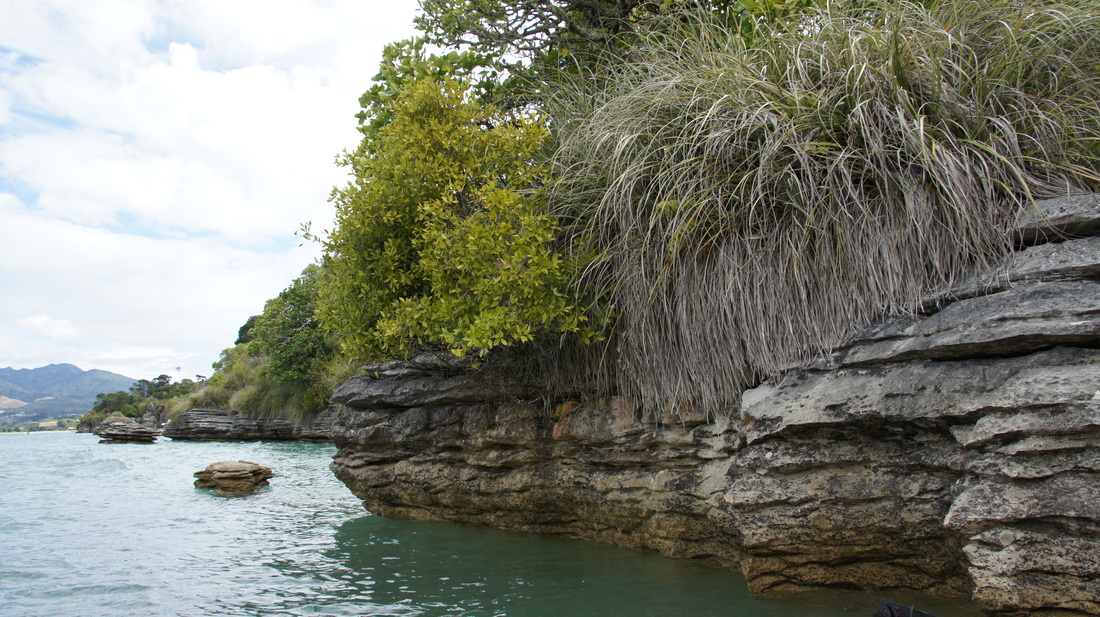
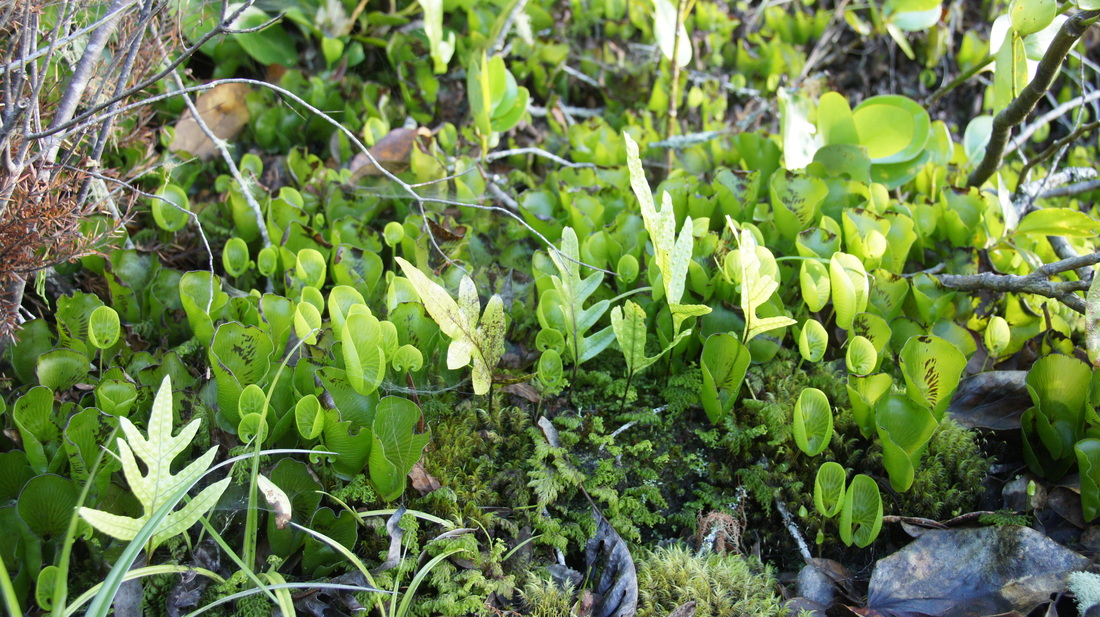
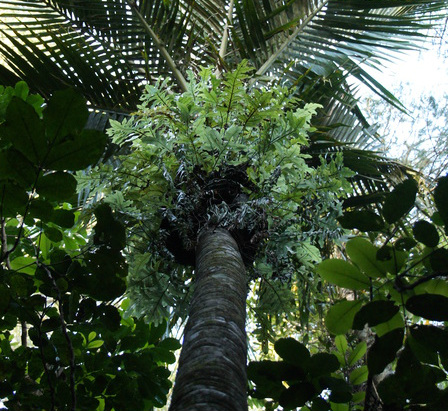
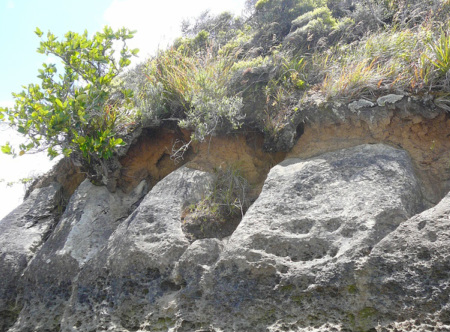
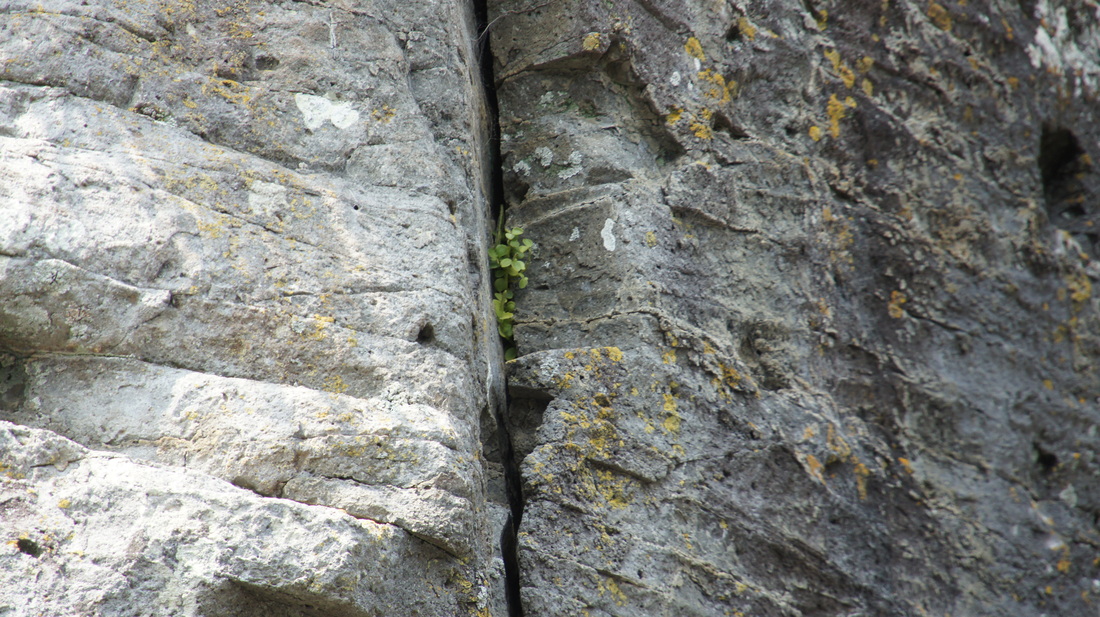
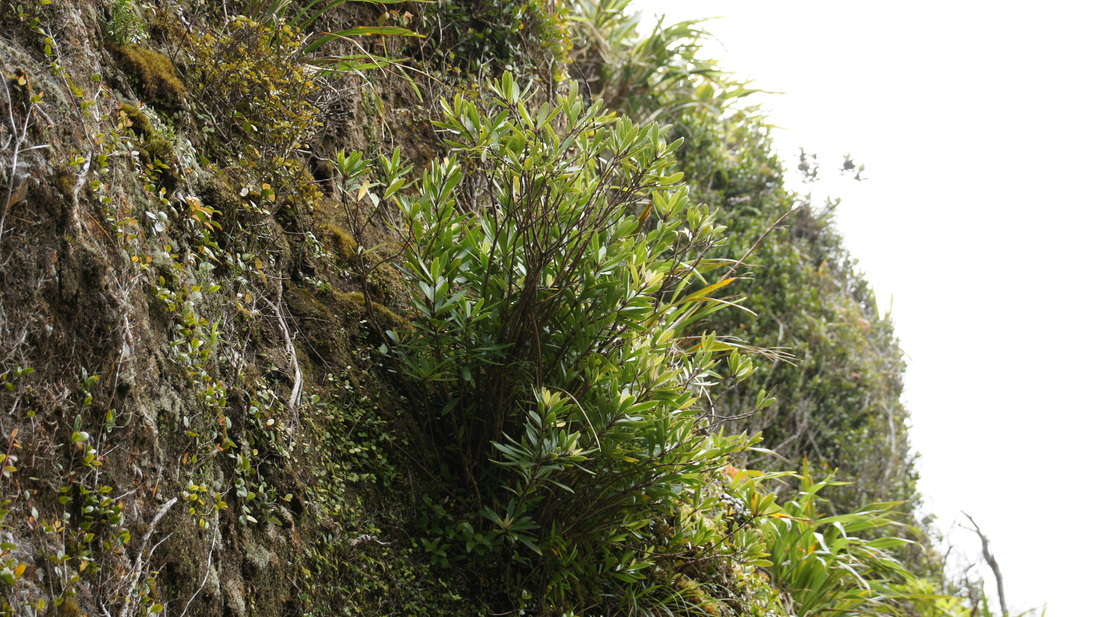
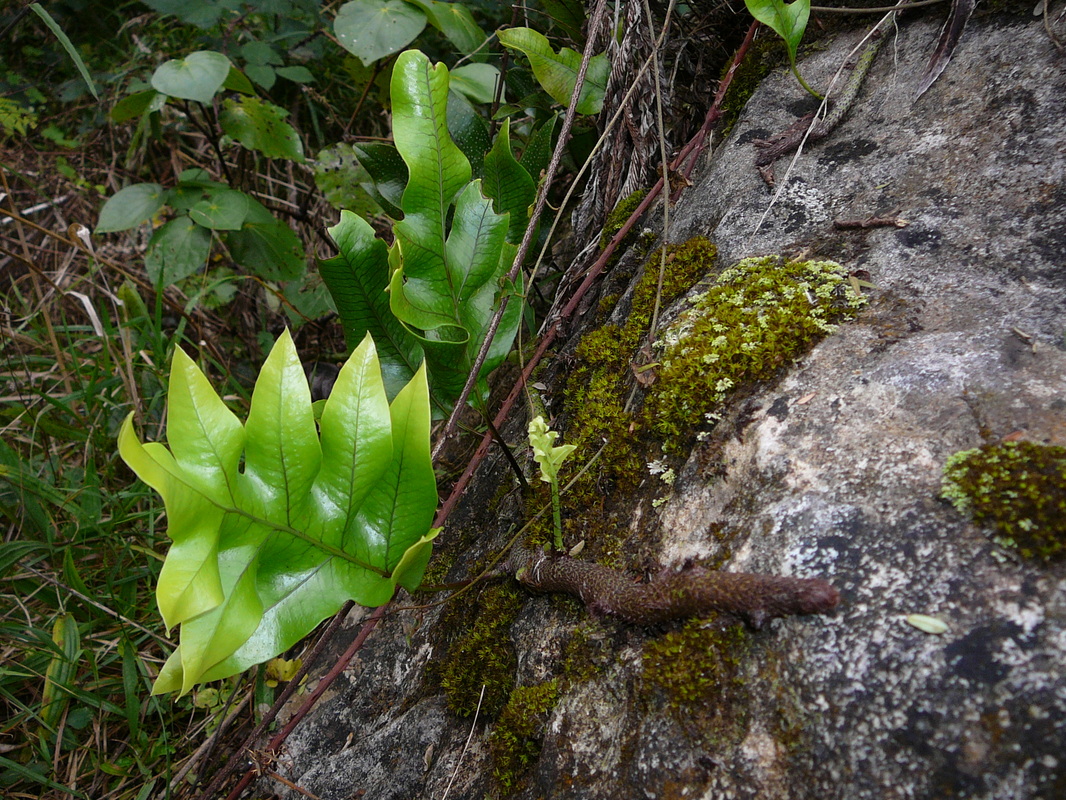
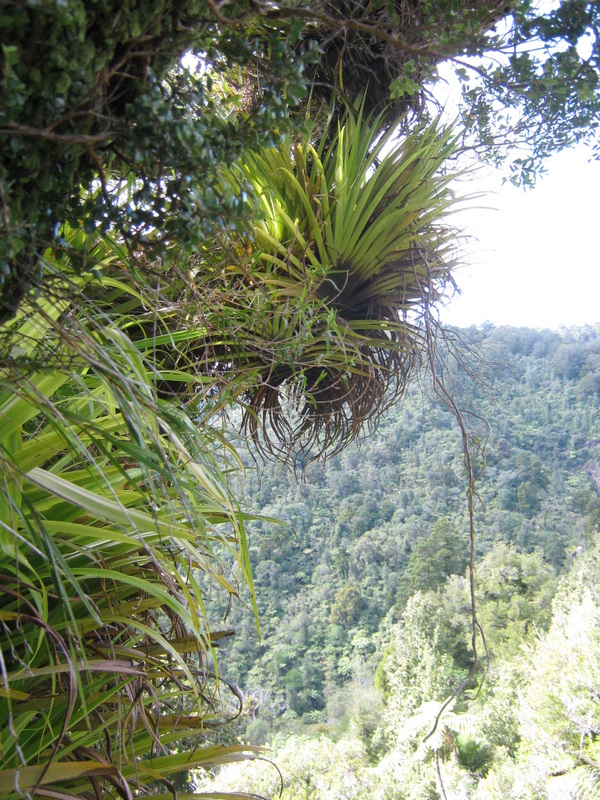
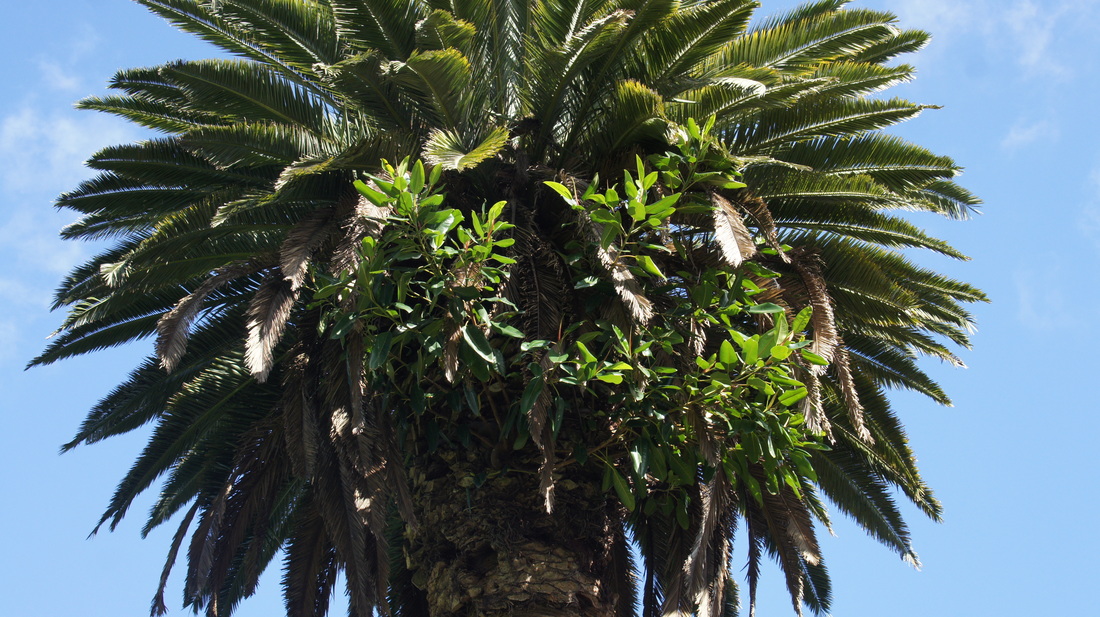
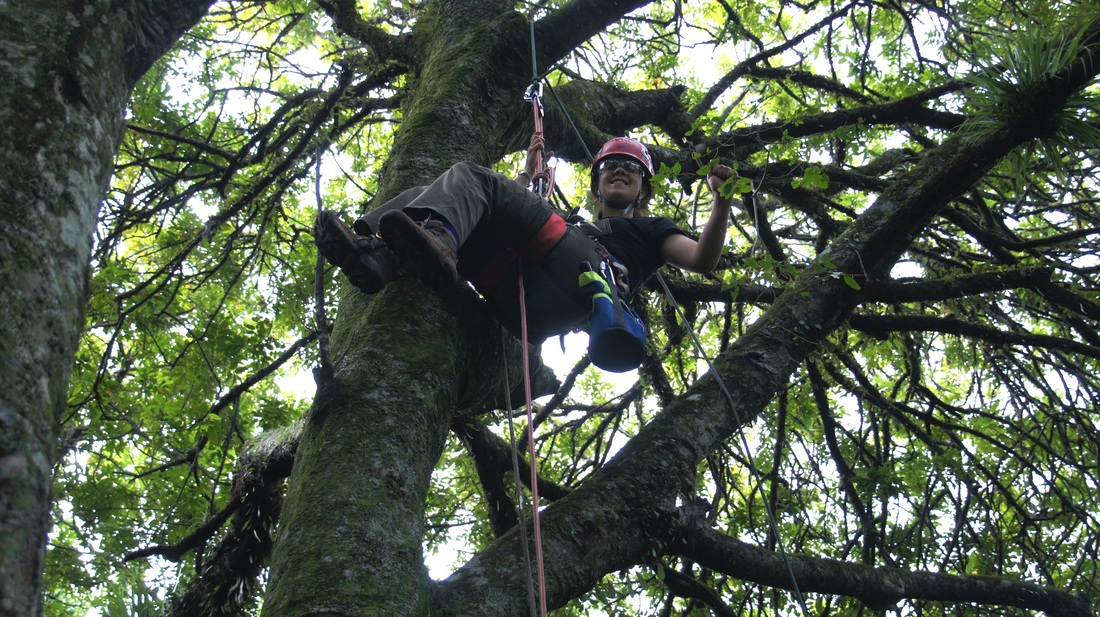
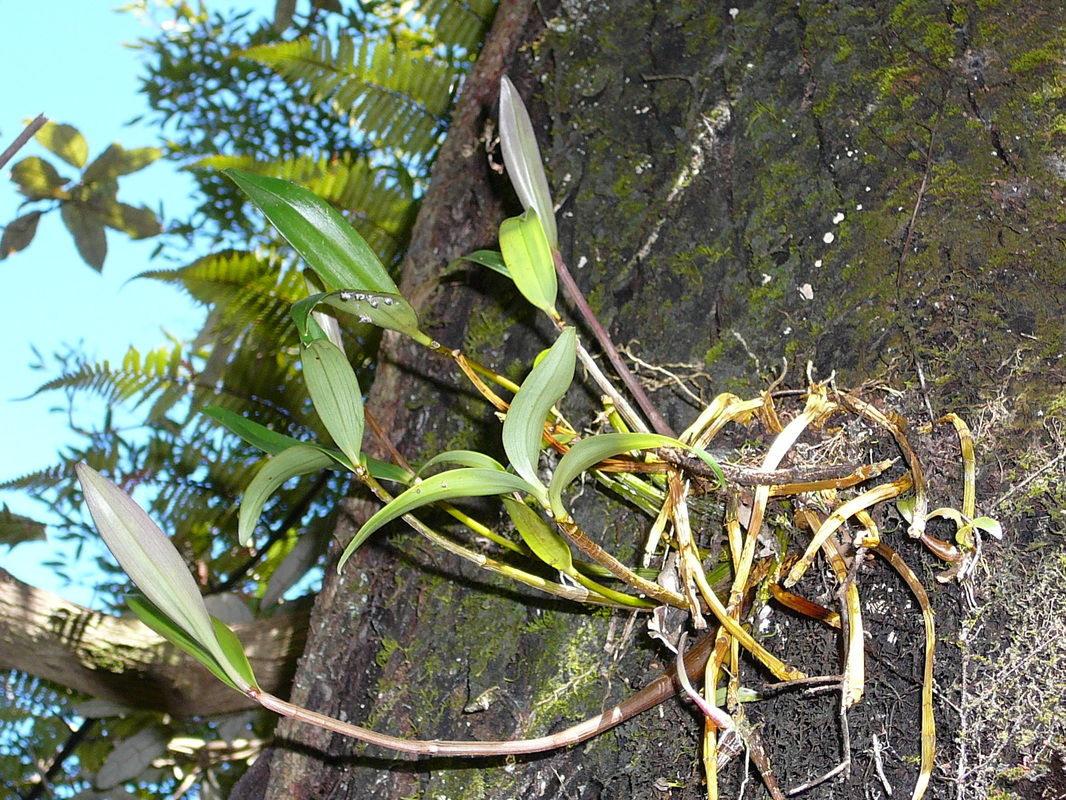
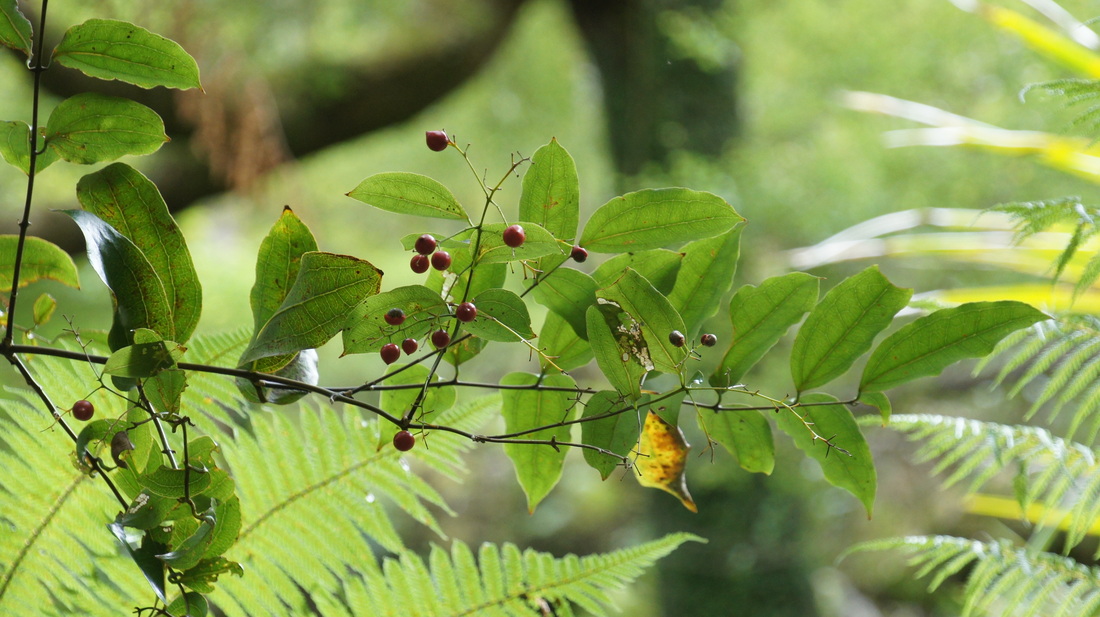
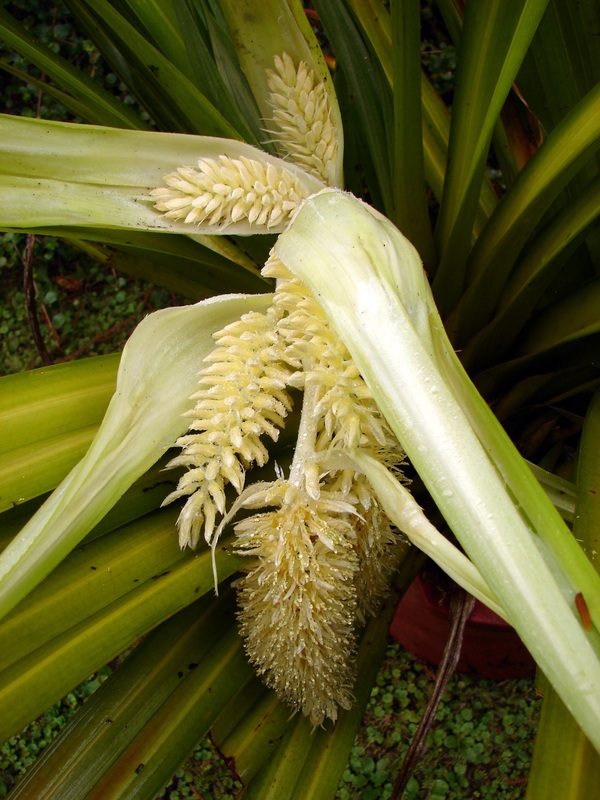
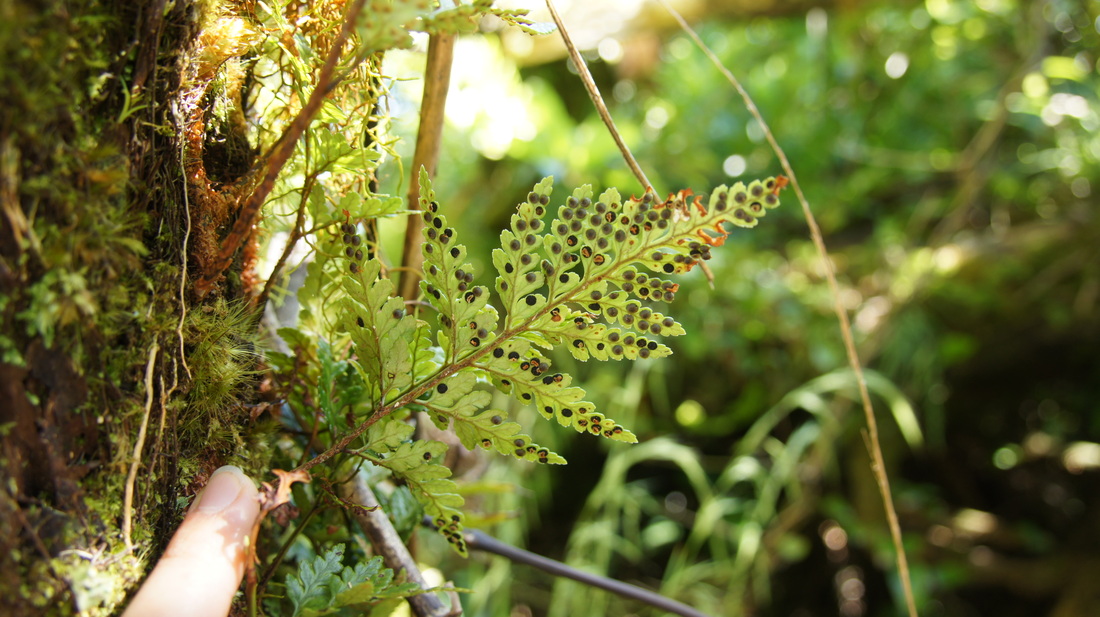
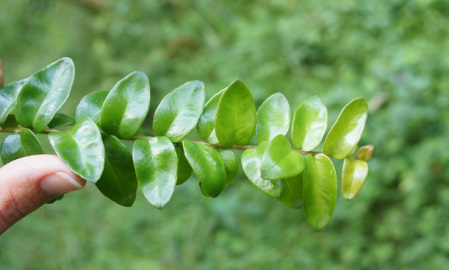
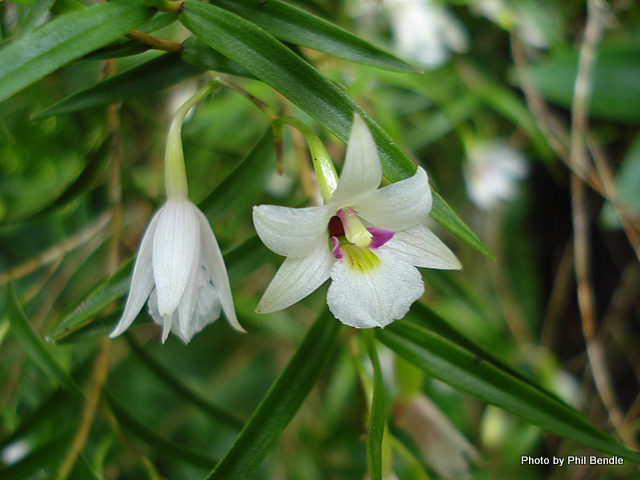
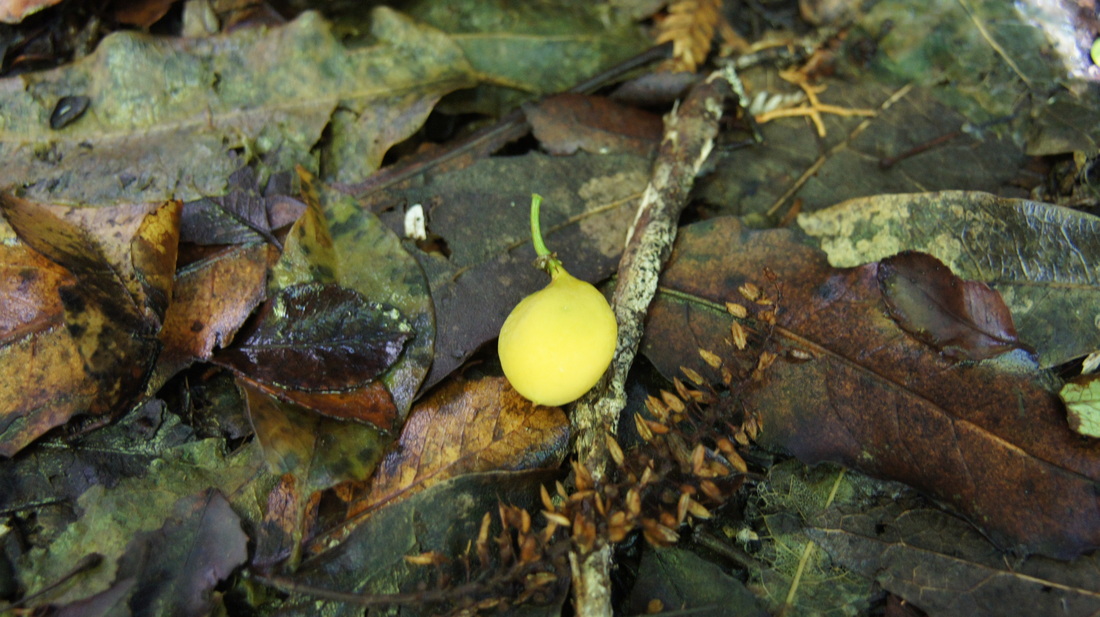
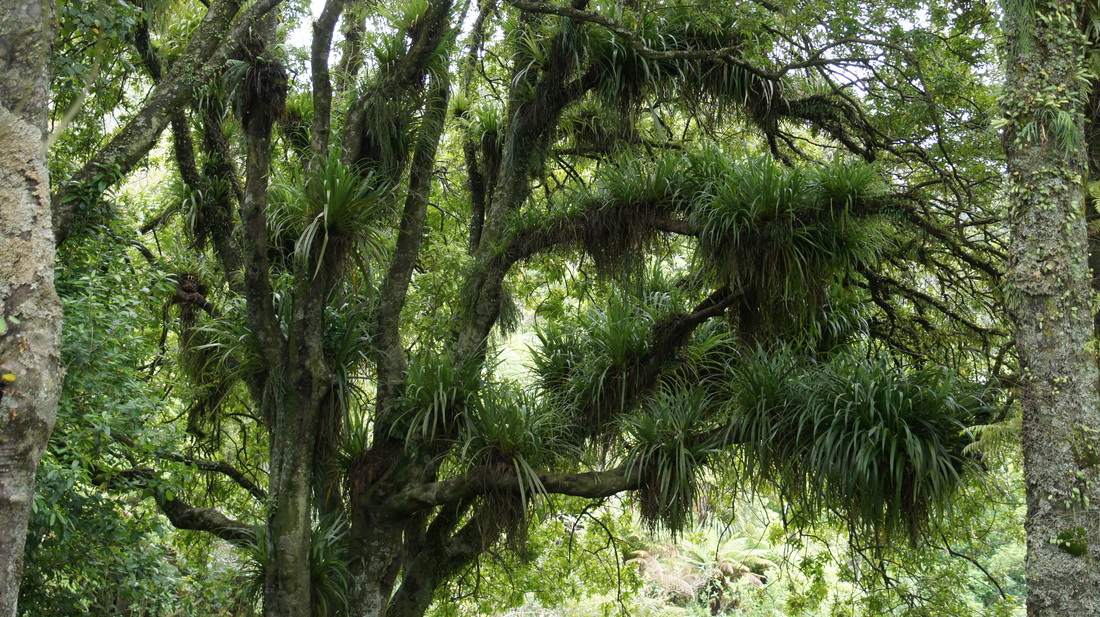
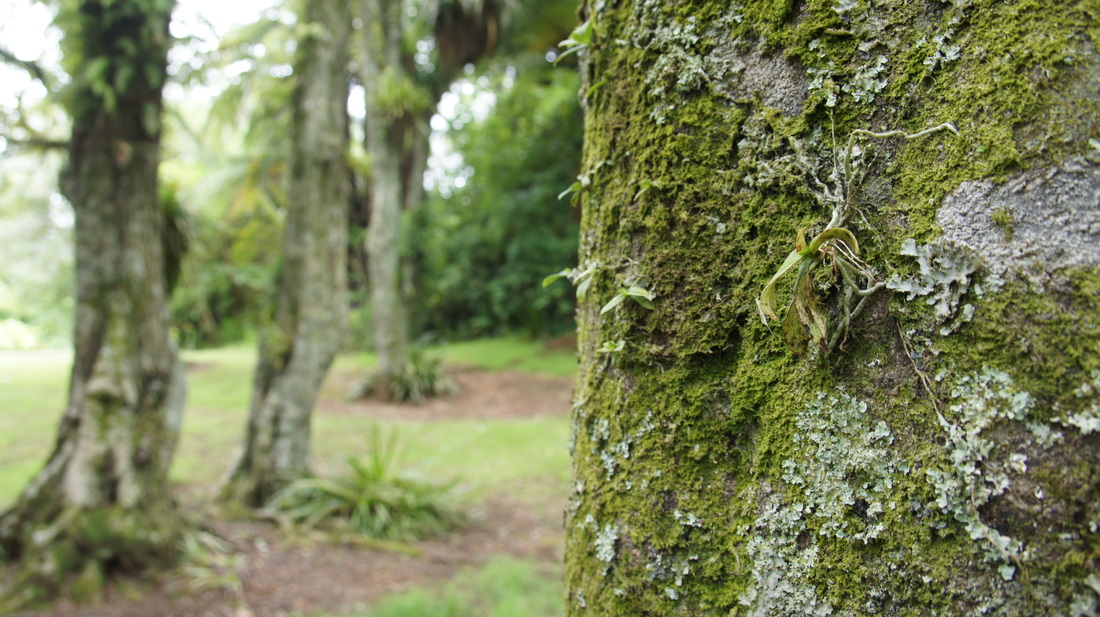
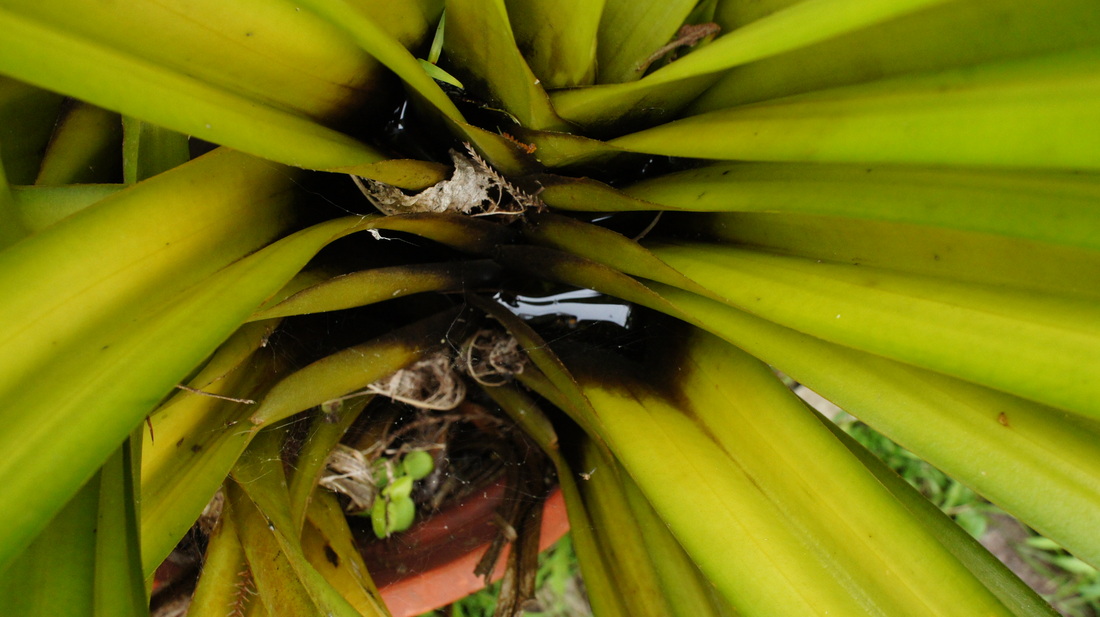
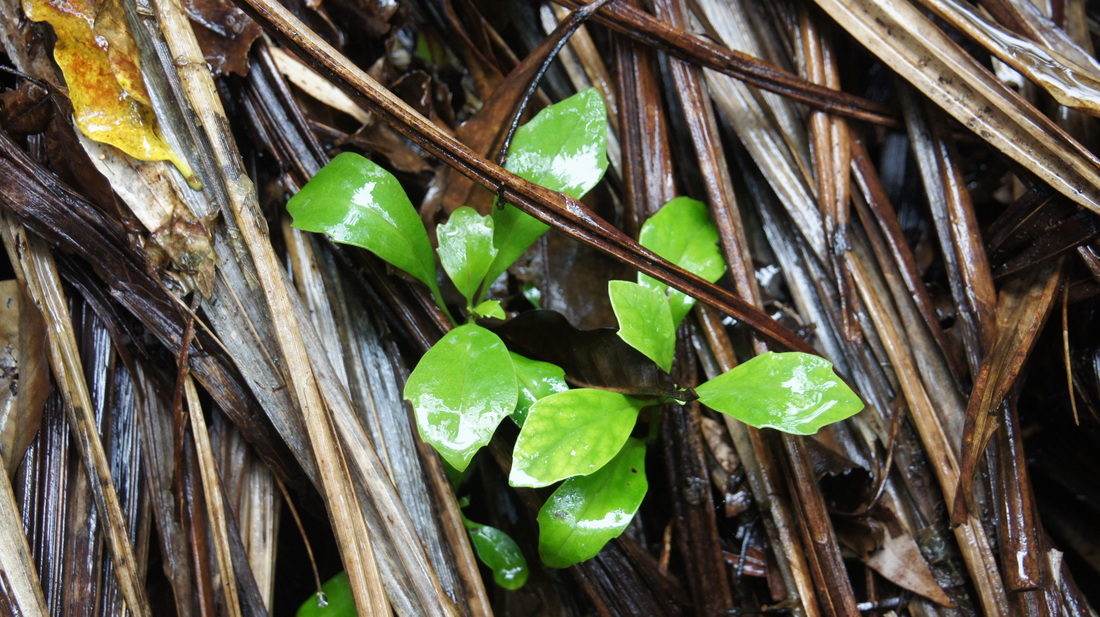
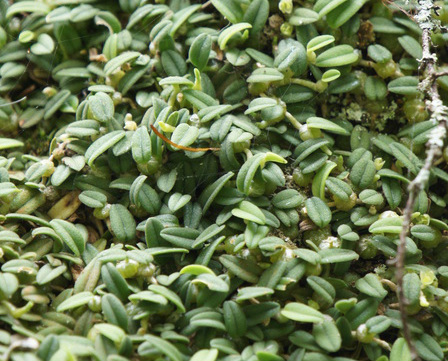
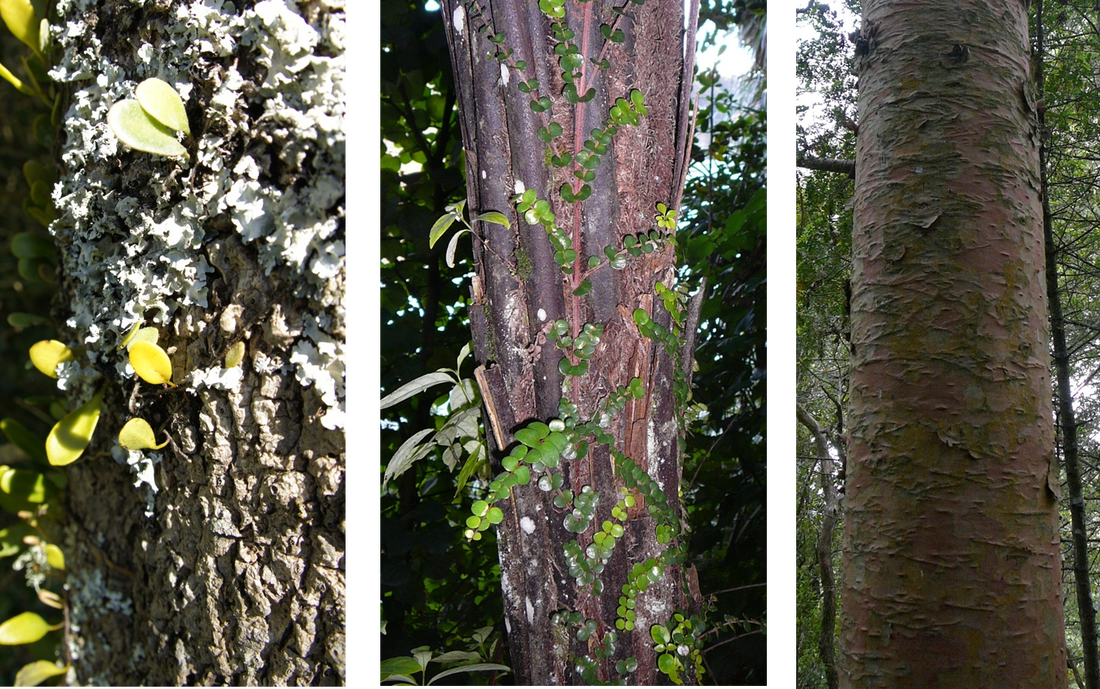
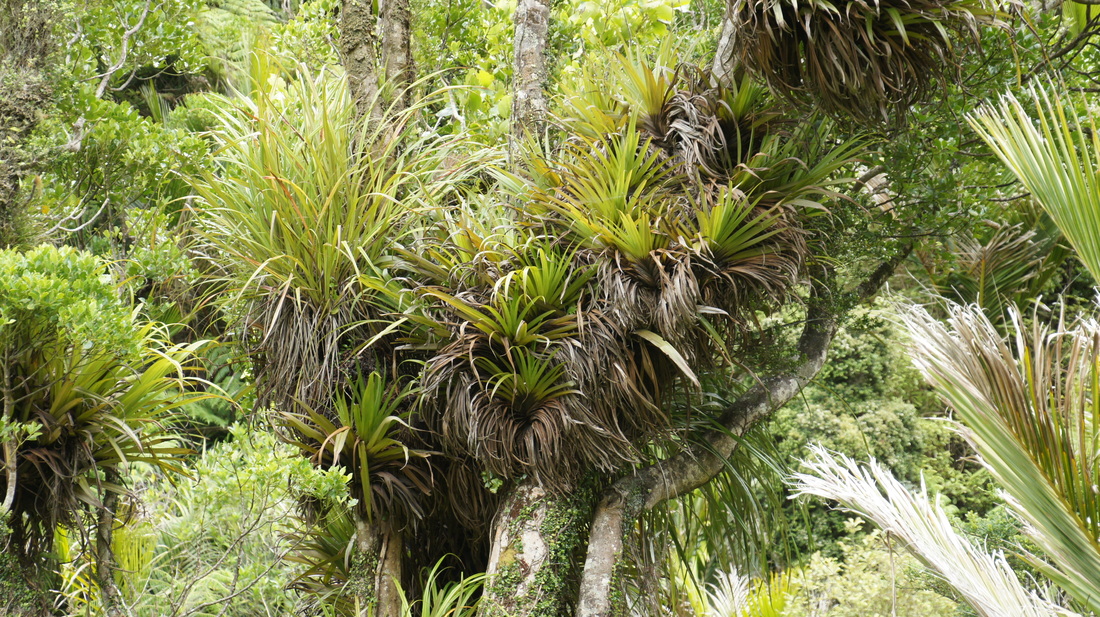
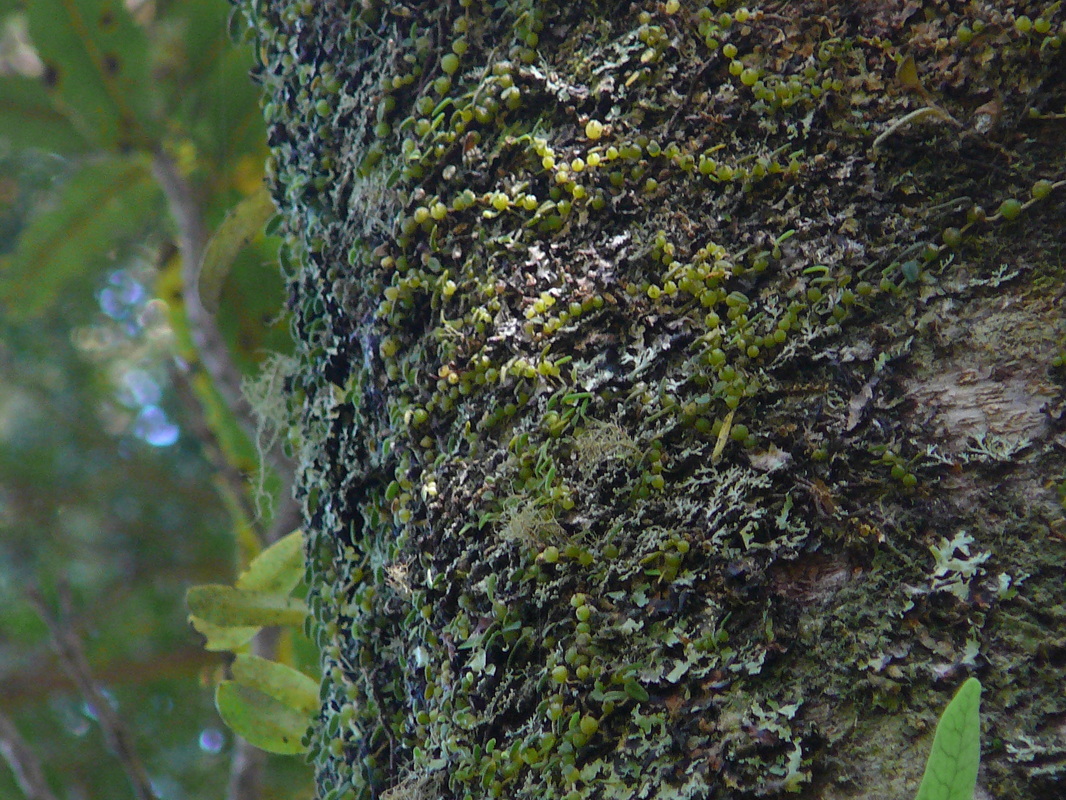

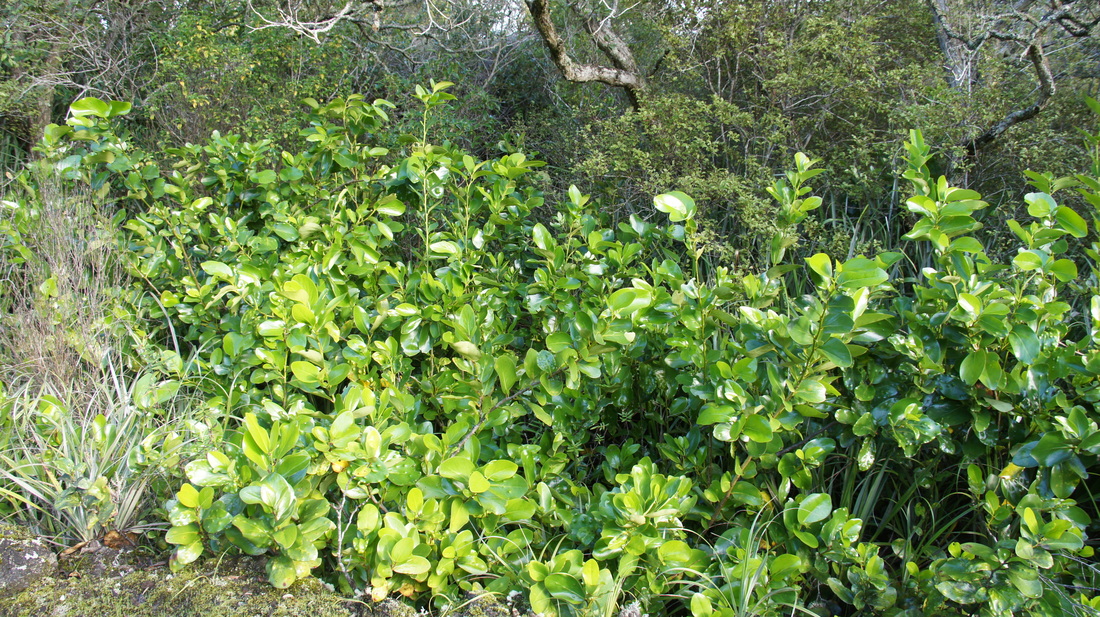
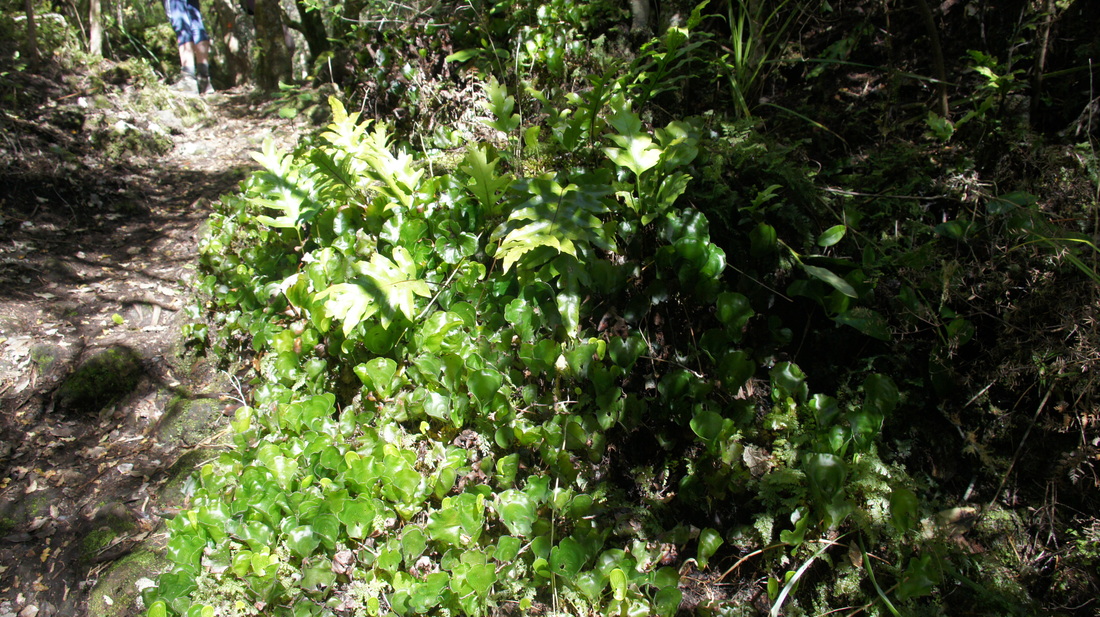
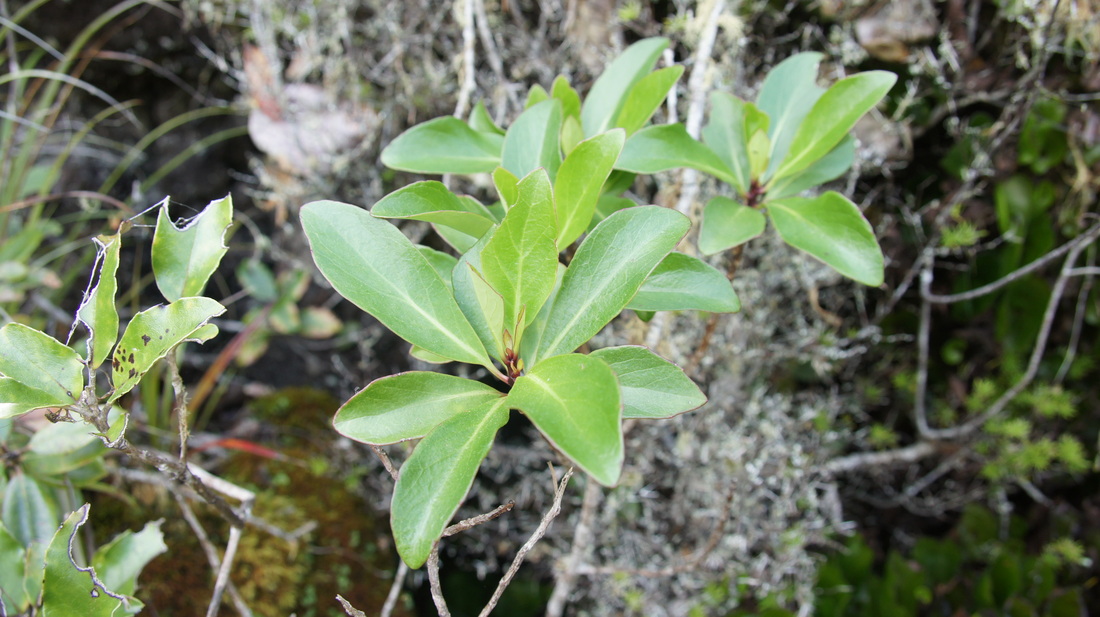
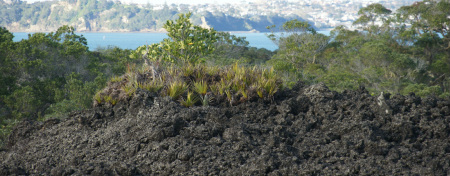
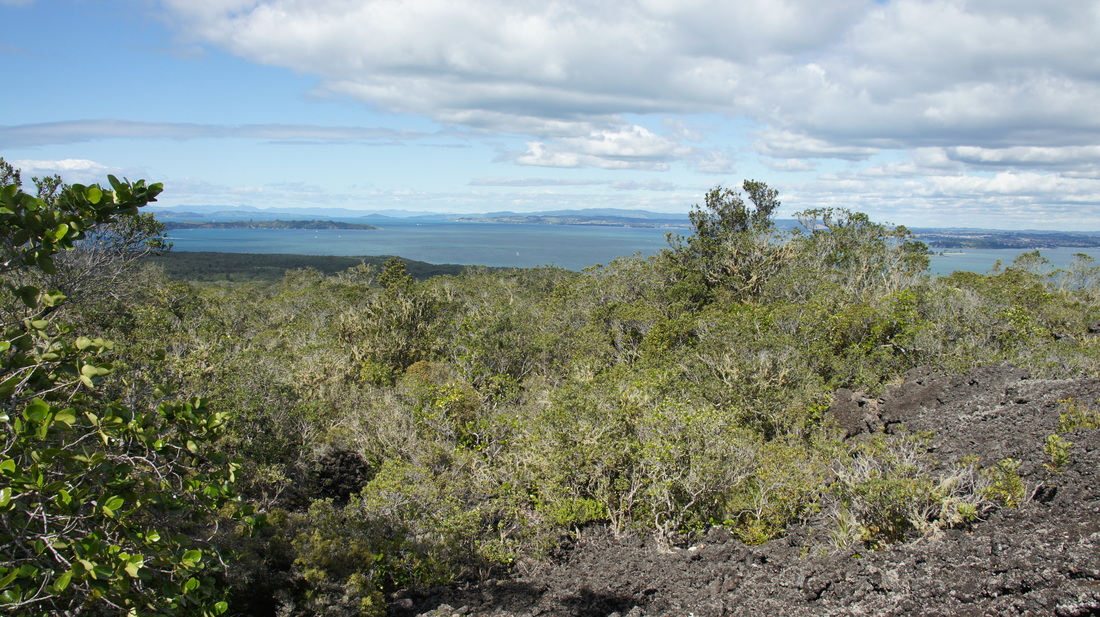
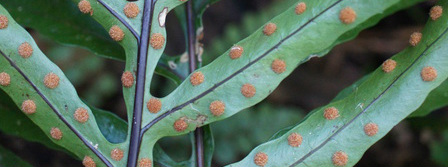
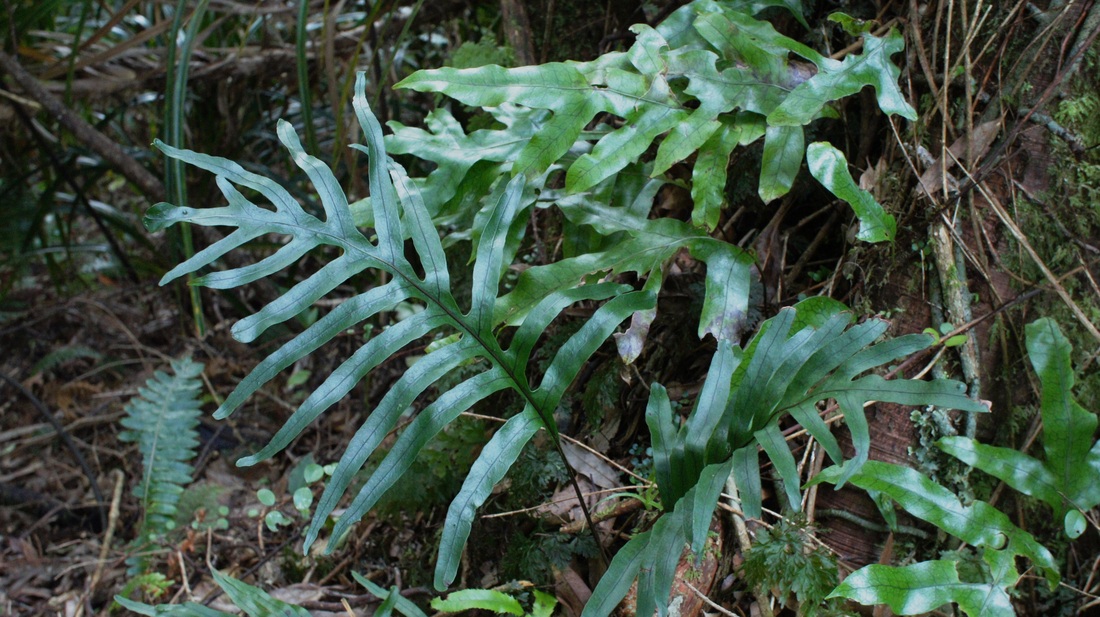
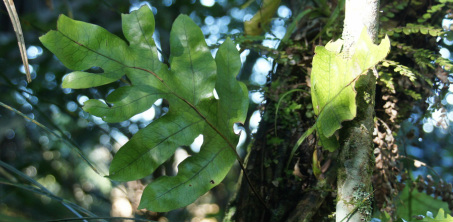
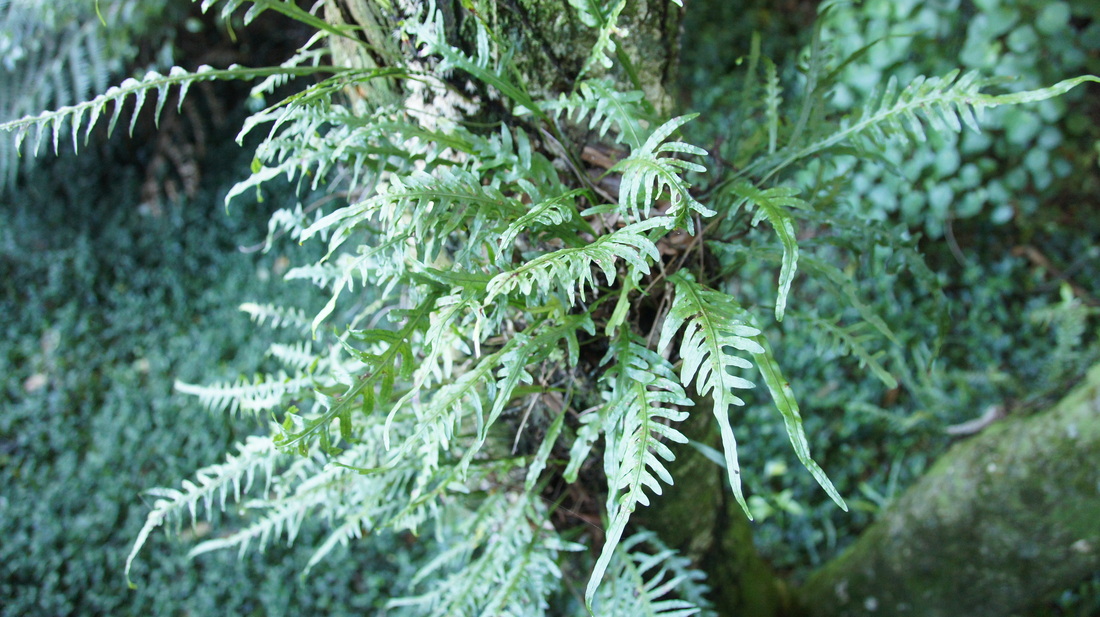
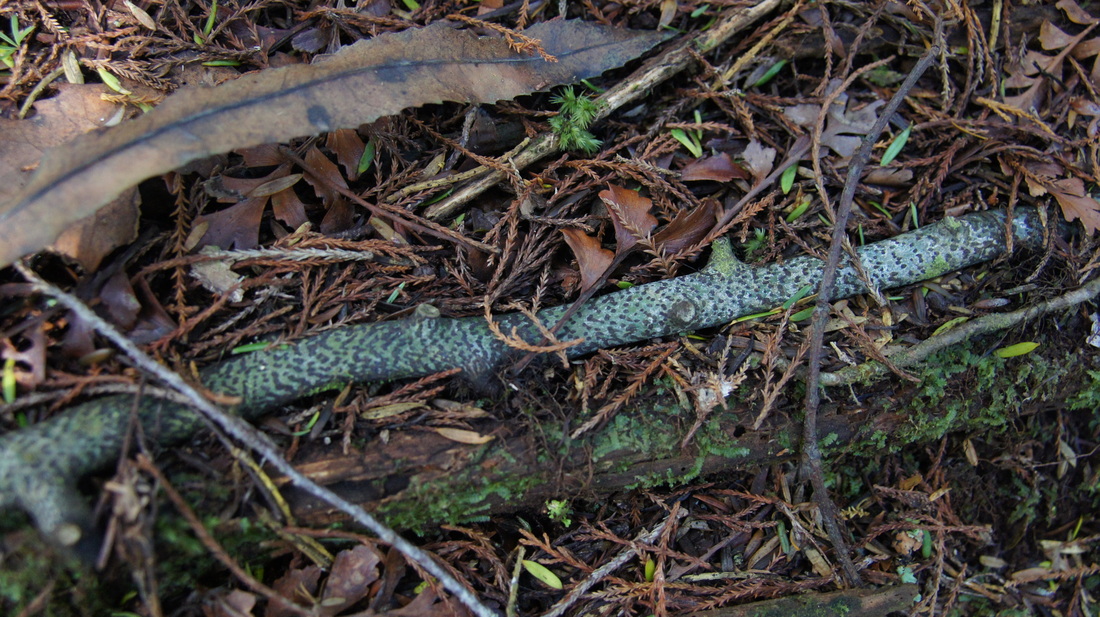
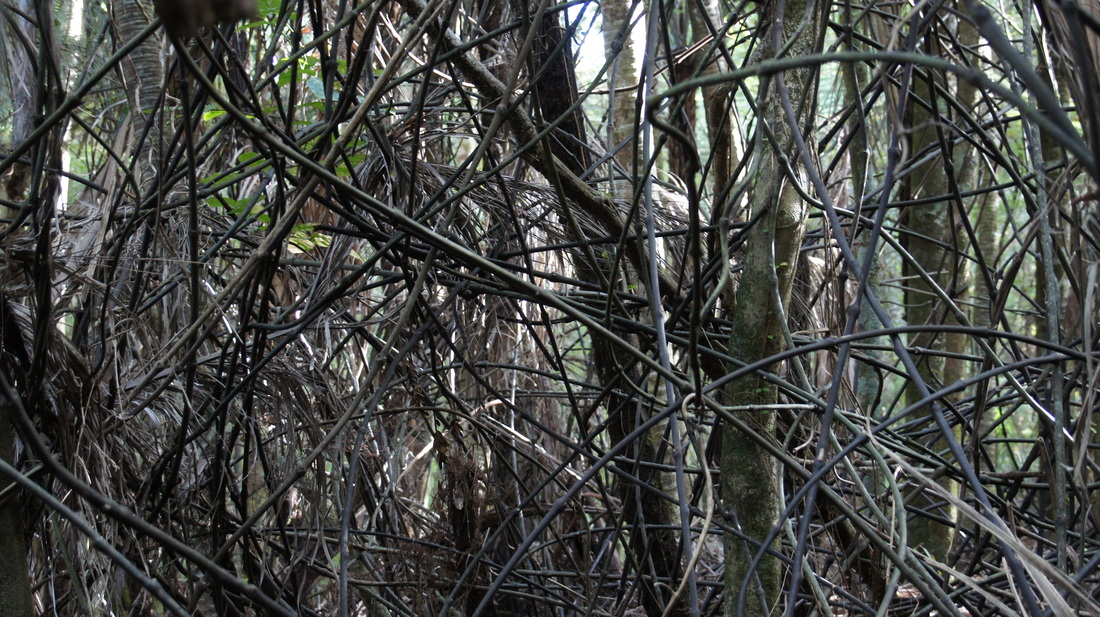

 RSS Feed
RSS Feed
